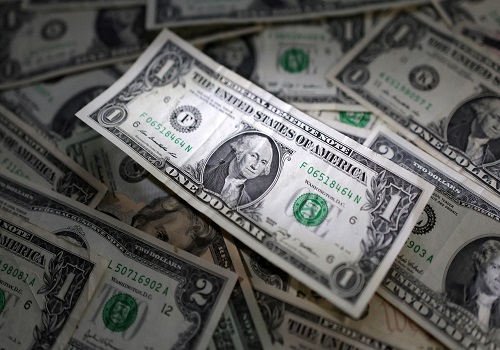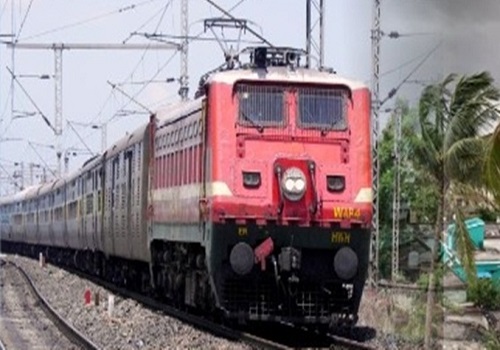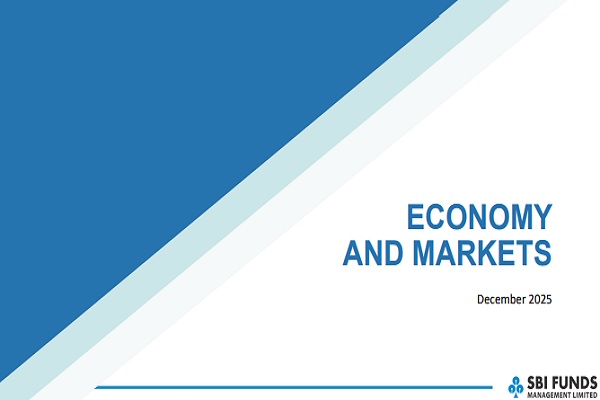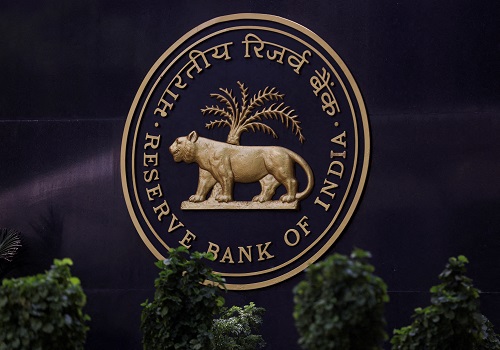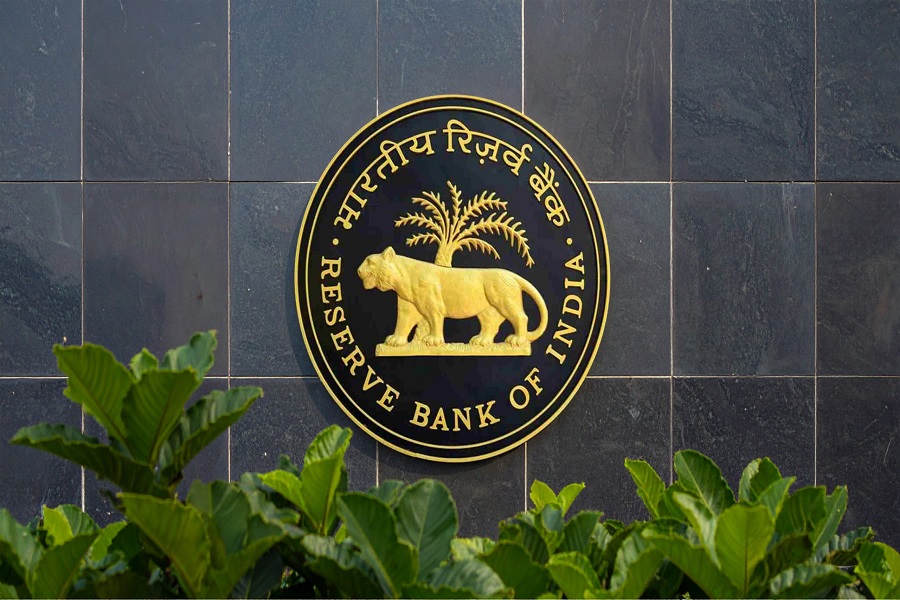Economics : Middle East Conflict: Impact Analysis by Elara Securities
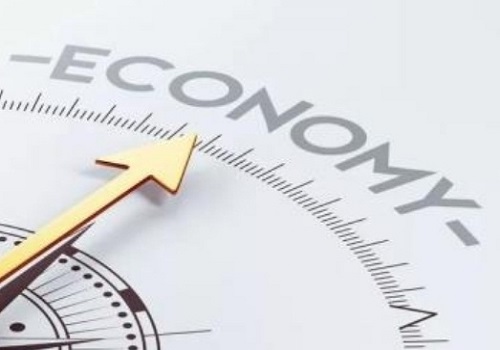
Middle East Conflict: Impact Analysis
With the Parliament in Iran approving closure of the Strait of Hormuz (SoH), subject to approval of Supreme Leader and Security Groups, the complications of the conflict are rising fast. Blockade of SoH is a risk for the global economy and the markets as nearly 30% of world oil trade (with 70% destined for Asia) and 20% of global LNG trade transits through SoH. If the SoH closure materializes and continues for a major part of FY26, we expect oil prices to surge and remain sustainably above USD 90/bbl levels. For India, Brent higher by USD 10/bbl could mean higher trade deficit by 20-30bp as a percentage of GDP. On inflation, assuming there is a passthrough of USD 10/bbl to pump prices (probability of that remains low for now), we expect 30bp direct and indirect impact of similar magnitude. Reversing the excise duty hike of INR 2/liter remains an option. With overall food prices remaining benign, and India’s service exports still solid, the outlook of both inflation and trade remains manageable. Overall, the blocking of SoH may raise risks to global trade, which is already reeling under the impact of Trump tariffs
SoH blockade presents huge risk to global energy trade: The Iran Parliament approving closure of SoH, subject to approval of Supreme Leader and Security Group. Blockade of SoH is a risk for the global economy and markets as nearly 30% of world oil trade (with 70% destined for Asia) and 20% of global LNG trade transits through SoH. Our Oil & Gas Analyst Gagan Dixit estimates SoH’s share for India crude oil import was ~40% in FY25; as per International Gas Union, India LNG imports share from SoH (Qatar & the UAE) was 53% in CY24 (13.9mn tonne out of 26.2mn tonne).
Global freight cost also sees upside -- Shanghai to Jebel Ali — the Arabian Gulf’s largest port, has risen 55% MoM as per Xeneta and freight premium has risen by 20% while sea & air logistics cost is climbing sharply as per Triton Logistics & Maritime. The situation remains fluid. The SoH blockade is self-defeating for Iran and throws huge challenges to Asia’s energy (especially China) supply in the upcoming quarters. If the blockade materializes, the Middle East conflict is bound to escalate.

India diversifying oil import sources: India’s refiners are ramping up imports from Russia and are likely to import 2.0-2.2mn barrels per day of Russian crude oil in June - - the highest in the past two years and more than total volume bought from Iraq, Saudi Arabia, the UAE, and Kuwait, according to preliminary data by Kpler. India's oil imports from Russia were ~1.9mn barrels per day (bpd) in May 2025. Imports from the US also rose to 439,000 bpd in June to date, a big jump from 280,000 bpd purchased in the previous month. Full-month projections for imports from the Middle East stand at ~2.0mn bpd, lower than the previous month's buying, according to Kpler.

Possible impact on India’s macroeconomic outlook: If the SoH closure materializes and continues durably for a major part of FY26, we expect oil prices to surge further and stay sustainably above USD 90/bbl levels. As per Kpler, supplies from the Middle East remain unaffected to date, but the vessel activity suggests a decline in crude loading. The supply of empty tankers (ballasters) into the Gulf dropped from 69 to a mere 40, and the Middle East & Gulf (MEG) bound signals from the Gulf of Oman halving. This is likely to pose challenges for India’s macroeconomic outlook via external factors although macroeconomic stability remains solid. In the near term, the USDINR can see 87+ levels, although the DXY remains soft. Brent higher by USD10/bbl could mean higher trade deficit for India by 20-30bps (as a % of GDP). On inflation, assuming there is a passthrough of USD 10/bbl to pump prices (probability of which remains low), we expect 30bp direct and indirect impact of similar magnitude.

Reversing the excise duty hike of INR 2/liter remains an option. With overall food prices remaining benign, and India’s service exports still solid, the outlook of both inflation and trade remains manageable for now.
What is next for the markets? We expect a kneejerk negative reaction in the global markets across risk assets and positive moves in oil and gold. However, durability of the risk is contingent on followup actions from non-conflict countries – the US, Russia, China and developments on SoH. Historically, on an average, oil prices have peaked after a month of the beginning of a crisis.

For India, eyes will be on developments related to SoH, global fertilizer prices, and shipping cost that can lead to rise in the import bill in the upcoming quarters. However, given strong FX reserves, we expect major upside risks to external accounts will be contained and favorable domestic conditions would keep upside in inflation capped at comfortable levels for the RBI. A recent notification from the Oil & Gas Ministry indicates oil marketing companies have supplies of several weeks, which is likely to contain the downside. Our O&G Desk Analysts indicate that every USD 10/bbl rise in crude oil prices will reduce OMC gasoline and diesel gross margin by INR 5.5 per liter. In June 2025, international Brent crude oil prices were at ~USD 75/bbl, based on which as per our estimates, OMC were earning a gross margin of INR 7.9 per lit on gasoline and INR 4.3 per lit on diesel. Therefore, any movement of international crude oil prices would reduce gasoline margin to a mere INR 2.4 per liter and would turn diesel margin to negative to INR 1.2 per liter.
Please refer disclaimer at Report
SEBI Registration number is INH000000933
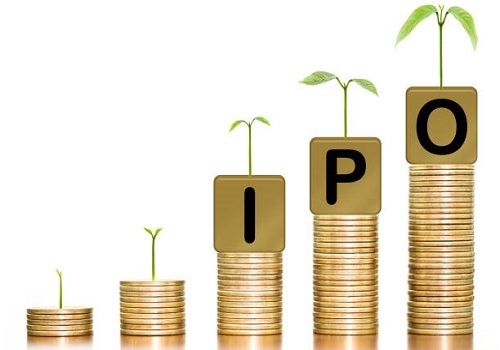
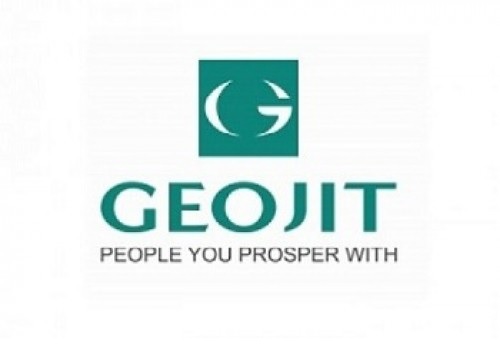
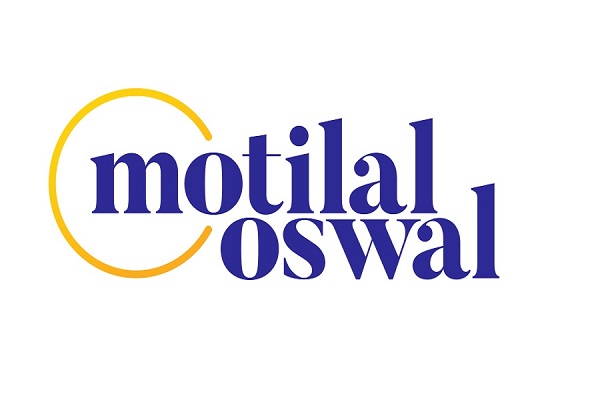

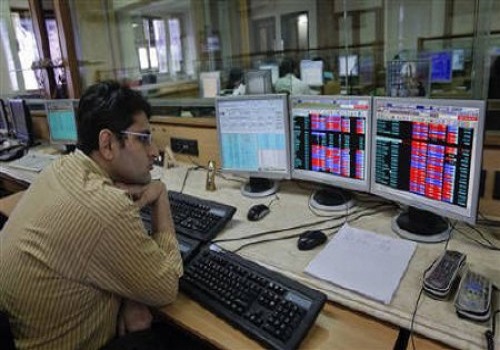
.jpg)


